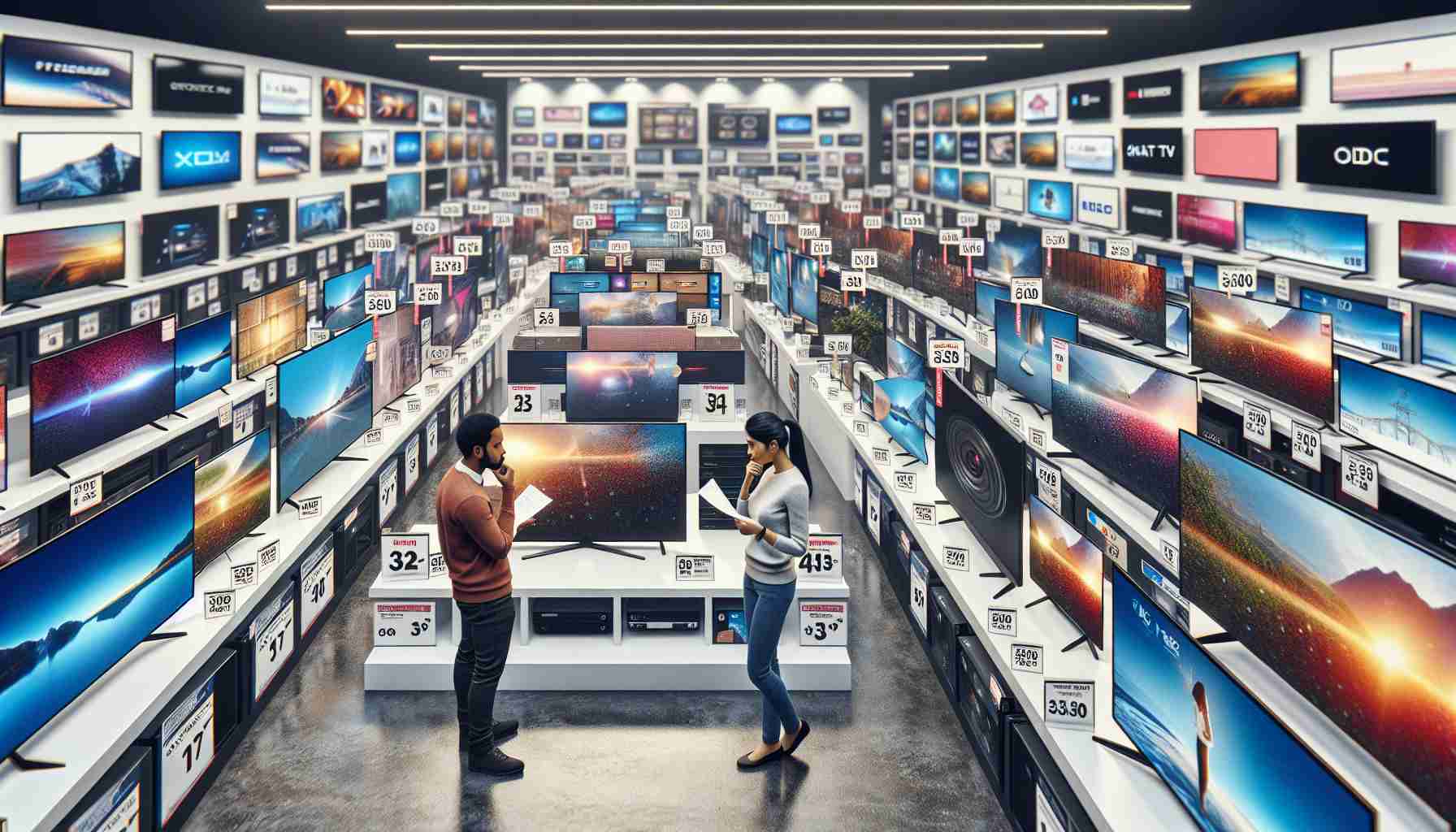With a plethora of television options on the market, understanding what truly matters can be challenging. The price spectrum for TVs can vary dramatically, starting around $100 and soaring past $2,000. Generally, smaller screens tend to be more affordable, while popular and established brands command higher prices. Investing in a quality television can enhance your viewing experience, as these devices are designed for longevity. Typically, shopping during the fall season can yield financial benefits, as prices for TVs drop during this period.
When it comes to screen size, bigger is undeniably better. For viewing in a bedroom, a minimum size of 43 inches is advisable, whereas for primary living areas, one should consider a screen of at least 55 inches, with 65 inches or more being optimal. A common regret among new television owners is opting for a smaller screen than desired, illustrating the importance of considering size in the purchasing decision.
In addition to size and price, the capabilities of the television also play a significant role. For those buying entry-level models, it’s crucial to examine the smart TV interface they use. Midrange options should ideally feature full-array local dimming or mini-LED technology, as these aspects can significantly enhance picture quality. At the premium end, OLED displays are highly recommended for an exceptional viewing experience.
Navigating the Complex World of Television Purchases
The journey to buying a new television can often feel daunting, given the myriad of choices and technological specifications available. Understanding the key factors that influence a television purchase goes beyond just price and screen size. This article explores critical considerations, challenges, advantages, and disadvantages in the realm of television purchases.
Fundamental Questions to Consider When Purchasing a TV
1. What is the main purpose of the TV?
Understanding how you will primarily use your television—whether for gaming, streaming movies, or watching live sports—can guide your selection process.
2. What type of content will I watch the most?
Different types of content benefit from different technologies. For instance, sports enthusiasts may prefer high refresh rates to reduce motion blur, while film lovers may prioritize color accuracy and deep blacks.
3. How much space do I have for the TV?
Beyond just screen size, consider the layout of the room, viewing distance, and the furniture arrangement. This helps in selecting the most suitable size without overwhelming the space.
4. Which features matter most to me?
Features like HDR support, HDMI input options, and built-in streaming services can affect your viewing experience. Clarifying which features are essential can simplify decision-making.
Key Challenges and Controversies
1. Rapid Technological Changes:
The television industry undergoes rapid advancements, such as the introduction of 8K technology and improvements in OLED and QLED displays. Consumers can feel pressured to buy the latest models, fearing they might miss out on cutting-edge features just months later.
2. Confusing Marketing Jargon:
Manufacturers often use complex terminology to describe their products. Terms like “quantum dot,” “local dimming,” or “refresh rate” can baffle consumers, leading to misinformed decisions.
3. Price vs. Features:
High-end models may justify their price tags with advanced functionalities, yet some midrange TVs offer incredible value. Understanding when to invest more is a common dilemma.
Advantages and Disadvantages of Choosing the Right TV
Advantages:
– Enhanced Viewing Experience: Quality televisions provide better picture and sound, significantly enriching the viewing experience.
– Long-Term Investment: A well-chosen TV can serve you for many years, providing ongoing entertainment without the need for frequent upgrades.
– Smart Features: Most modern TVs come with various smart features, including access to streaming services and voice control, adding convenience.
Disadvantages:
– High Initial Costs: Premium TVs can be expensive, which may deter budget-conscious buyers.
– Obsolescence: Rapid advancements in TV technology can make recent purchases feel outdated in just a few years.
– Complex Setup: Many televisions require intricate setups or additional media devices, which can be daunting for less tech-savvy buyers.
Conclusion
The process of purchasing a television is multifaceted and includes numerous considerations beyond price and screen size. As consumers navigate through overwhelming choices, understanding the purpose of the TV, essential features, and potential challenges can lead to a more satisfactory purchase. For additional resources and insights into television technology and best practices, check out CNET or Tom’s Guide. Investing time in research can ultimately lead to a rewarding viewing experience that aligns with your needs.











